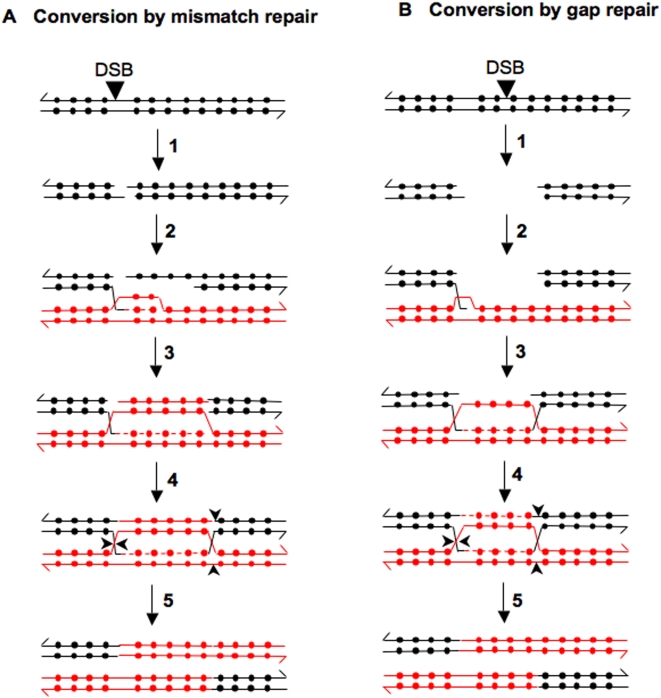Figure 9. Generation of long conversion tracts by repair of mismatches within a heteroduplex or by gap repair.
A) Conversion by mismatch repair. Conversion is initiated by a DSB, followed by 5′ to 3′ resection of the broken ends (step 1). The 3′ strand on one of the broken ends invades the other homologue and the invading strand is used as a primer for DNA synthesis (step 2); the newly-synthesized strand is shown as a dashed line. The broken end that is not used in the initial interaction undergoes more extensive resection. The single strand displaced by DNA synthesis pairs with the extensively-resected end, resulting in a long heteroduplex (step 3). The mismatches within the heteroduplex are converted in the same direction (excision of the black strand) to generate a long continuous conversion tract (step 4). The intermediate with double Holliday junctions is cleaved (cleavage sites indicated by arrows) to generate a conversion event associated with a crossover (step 5). B) Conversion by gap repair. Both strands of the broken ends resulting from the DSB are degraded to yield a gapped molecule (step 1). One of the ends invades the homologous chromosome and initiates DNA synthesis (step 2). The strand displaced by DNA synthesis pairs with the other broken end (step 3), and there is a second round of DNA synthesis (step 4). The intermediate is processed by cleaving the Holliday junctions as in Figure 9A (step 5).

